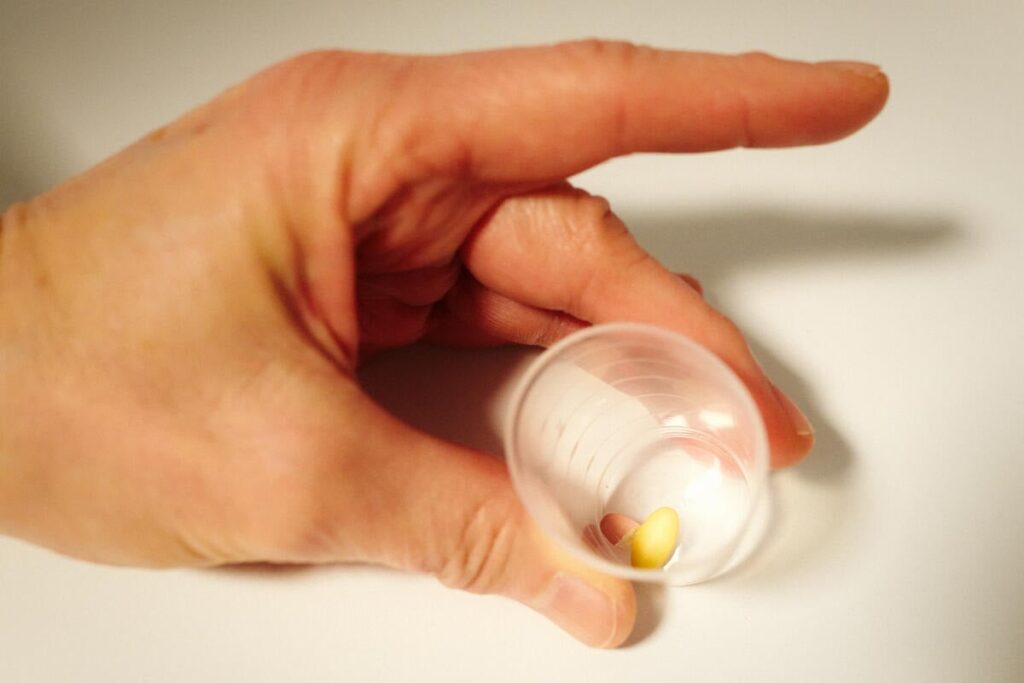
Geneva, 19 September — The World Health Organization (WHO) has unveiled the full edition of its guideline on balanced national controlled medicines policies. This landmark publication provides the first comprehensive global framework aimed at ensuring access to controlled drugs for medical and scientific purposes, while minimizing public health risks associated with misuse and diversion. The guideline follows a preliminary communication released during the Seventy-eighth World Health Assembly, which outlined the new framework.
Controlled medicines such as opioids, benzodiazepines, barbiturates, and amphetamines are crucial for pain management, surgical procedures, seizure treatment, palliative care, and mental health and substance use disorder management. However, millions of patients worldwide still face barriers to accessing these essential drugs.
Global Disparities in Access to Controlled Medicines
According to WHO, up to 98% of patients in low-income countries lack access to adequate pain relief. In contrast, weak safeguards in other regions have fueled opioid-related epidemics. Globally, individuals with advanced cancer or HIV/AIDS often endure severe pain due to a lack of morphine. In many areas, epilepsy patients remain untreated because essential anti-seizure medicines are restricted by stringent regulations and a lack of clinical understanding.
Conversely, insufficient regulation in some countries has led to over-prescription of strong opioids, contributing to rising health-related harms such as substance use disorders, drug dependence, and overdose.
Key Recommendations of the WHO Guideline
The WHO’s new guideline advocates for balanced national policies that ensure uninterrupted, affordable access to controlled medicines while preventing harmful non-medical use. It aims to assist countries in providing safe, equitable, and affordable access to these vital medicines, essential for managing acute and chronic pain, mental health disorders, substance use disorders, and other serious health conditions.
Seven Key Domains
The guideline offers evidence-based recommendations across seven key domains:
- Policy development: National needs-based planning to avoid shortages and oversupply, using the best available epidemiological data and consumption patterns to forecast demand.
- Pricing and financing: Fair pricing mechanisms, including generics and biosimilars, to maintain affordability without compromising quality.
- Medicines selection: Banning misleading and unethical marketing to prevent commercial interests from influencing promotion.
- Procurement and supply chain: Supply chain innovations, such as digital tools, to prevent stock-outs and diversion.
- Regulation: Legal reforms to protect patients’ rights to possess prescribed controlled medicines.
- Prescribing and dispensing: Decisions driven by robust scientific evidence, balancing access and safety considerations.
- Education: Comprehensive training for health professionals and public education campaigns.
These measures are intended to make controlled medicines accessible, affordable, and safely used for legitimate medical and scientific purposes, ensuring no patient suffers or dies needlessly from a lack of essential medicines.
Implications and Future Directions
The guideline, developed through a multi-year process of systematic reviews and global consultations, updates the 2011 WHO guidance on controlled substances. It will be available in all six official WHO languages and is expected to guide policy reforms across Member States, particularly in low- and middle-income countries where treatment gaps are most pronounced.
“Access to controlled medicines is not just a technical issue — it is a matter of equity, dignity, and the right to health,” the guideline concludes.
This development represents a significant step forward in addressing global health disparities and ensuring that controlled medicines are used safely and effectively. As countries begin to implement these recommendations, the WHO’s framework will likely serve as a critical tool in shaping national policies and improving patient outcomes worldwide.







